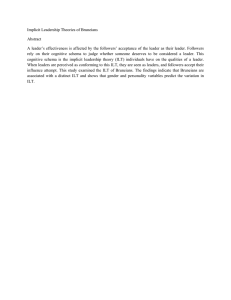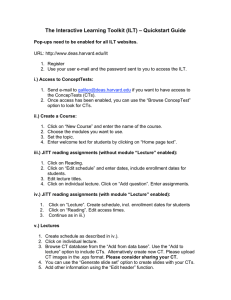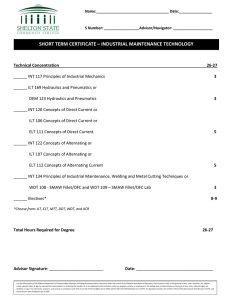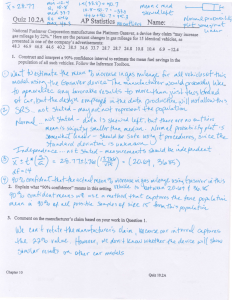webSights - Physics - Buffalo State College
advertisement
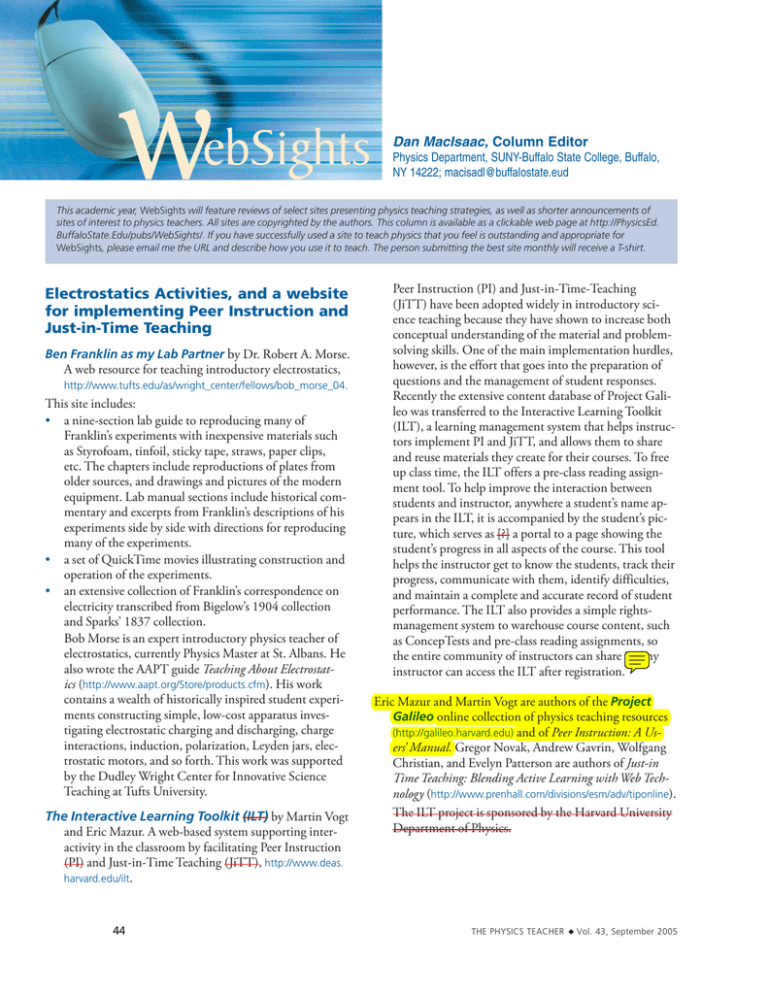
w ebSights Dan MacIsaac, Column Editor Physics Department, SUNY-Buffalo State College, Buffalo, NY 14222; macisadl@buffalostate.eud This academic year, WebSights will feature reviews of select sites presenting physics teaching strategies, as well as shorter announcements of sites of interest to physics teachers. All sites are copyrighted by the authors. This column is available as a clickable web page at http://PhysicsEd. BuffaloState.Edu/pubs/WebSights/. If you have successfully used a site to teach physics that you feel is outstanding and appropriate for WebSights, please email me the URL and describe how you use it to teach. The person submitting the best site monthly will receive a T-shirt. Electrostatics Activities, and a website for implementing Peer Instruction and Just-in-Time Teaching Ben Franklin as my Lab Partner by Dr. Robert A. Morse. A web resource for teaching introductory electrostatics, http://www.tufts.edu/as/wright_center/fellows/bob_morse_04. This site includes: • a nine-section lab guide to reproducing many of Franklin’s experiments with inexpensive materials such as Styrofoam, tinfoil, sticky tape, straws, paper clips, etc. The chapters include reproductions of plates from older sources, and drawings and pictures of the modern equipment. Lab manual sections include historical commentary and excerpts from Franklin’s descriptions of his experiments side by side with directions for reproducing many of the experiments. • a set of QuickTime movies illustrating construction and operation of the experiments. • an extensive collection of Franklin’s correspondence on electricity transcribed from Bigelow’s 1904 collection and Sparks’ 1837 collection. Bob Morse is an expert introductory physics teacher of electrostatics, currently Physics Master at St. Albans. He also wrote the AAPT guide Teaching About Electrostatics (http://www.aapt.org/Store/products.cfm). His work contains a wealth of historically inspired student experiments constructing simple, low-cost apparatus investigating electrostatic charging and discharging, charge interactions, induction, polarization, Leyden jars, electrostatic motors, and so forth. This work was supported by the Dudley Wright Center for Innovative Science Teaching at Tufts University. The Interactive Learning Toolkit (ILT) by Martin Vogt and Eric Mazur. A web-based system supporting interactivity in the classroom by facilitating Peer Instruction (PI) and Just-in-Time Teaching (JiTT), http://www.deas. harvard.edu/ilt. 44 Peer Instruction (PI) and Just-in-Time-Teaching (JiTT) have been adopted widely in introductory science teaching because they have shown to increase both conceptual understanding of the material and problemsolving skills. One of the main implementation hurdles, however, is the effort that goes into the preparation of questions and the management of student responses. Recently the extensive content database of Project Galileo was transferred to the Interactive Learning Toolkit (ILT), a learning management system that helps instructors implement PI and JiTT, and allows them to share and reuse materials they create for their courses. To free up class time, the ILT offers a pre-class reading assignment tool. To help improve the interaction between students and instructor, anywhere a student’s name appears in the ILT, it is accompanied by the student’s picture, which serves as [?] a portal to a page showing the student’s progress in all aspects of the course. This tool helps the instructor get to know the students, track their progress, communicate with them, identify difficulties, and maintain a complete and accurate record of student performance. The ILT also provides a simple rightsmanagement system to warehouse course content, such as ConcepTests and pre-class reading assignments, so the entire community of instructors can share it. Any instructor can access the ILT after registration. Eric Mazur and Martin Vogt are authors of the Project Galileo online collection of physics teaching resources (http://galileo.harvard.edu) and of Peer Instruction: A Users’ Manual. Gregor Novak, Andrew Gavrin, Wolfgang Christian, and Evelyn Patterson are authors of Just-in Time Teaching: Blending Active Learning with Web Technology (http://www.prenhall.com/divisions/esm/adv/tiponline). The ILT project is sponsored by the Harvard University Department of Physics. THE PHYSICS TEACHER ◆ Vol. 43, September 2005

